How to Stay Ahead of the Airplane
Flying Magazine
JUNE 17, 2025
The pre-solo learner was having a difficult time staying ahead of the airplane. Part of the problem was that the learner was in a hurry to get into the airplane. He also worried about using too much bank angle in turns, and his final approach was unstabilized. New Instructor A change of instructor was made.





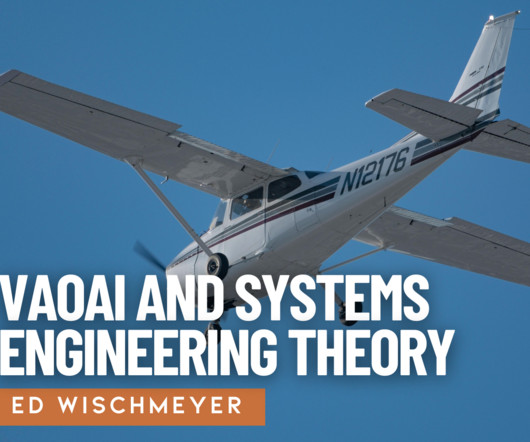
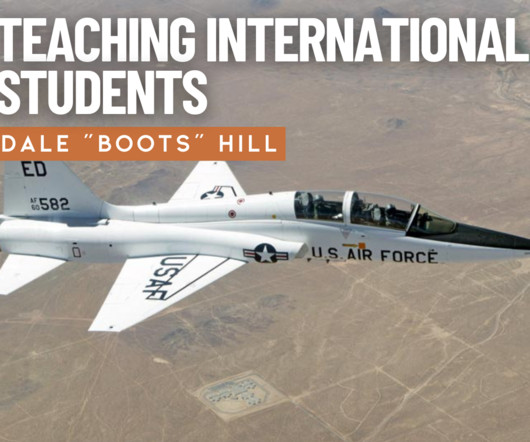

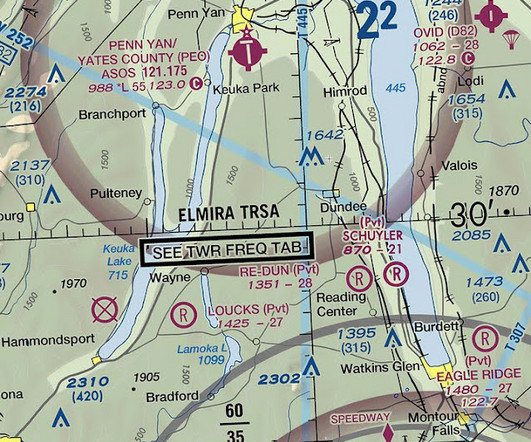
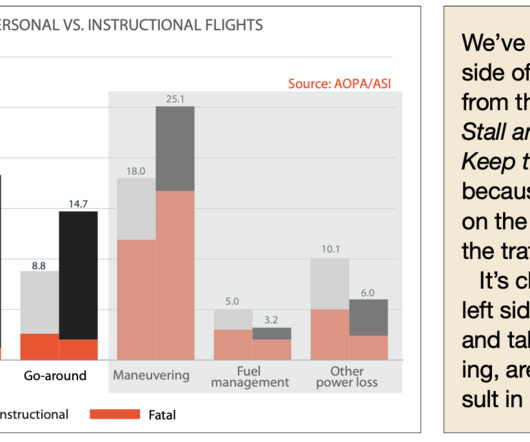

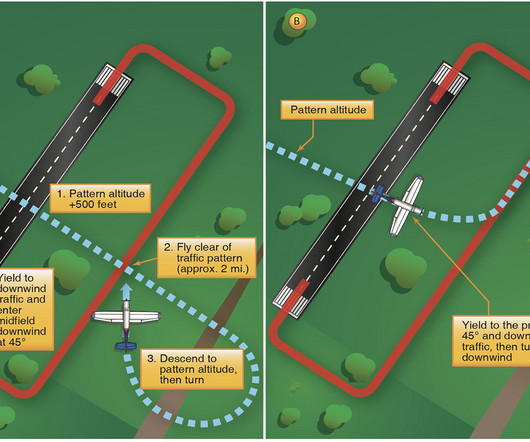
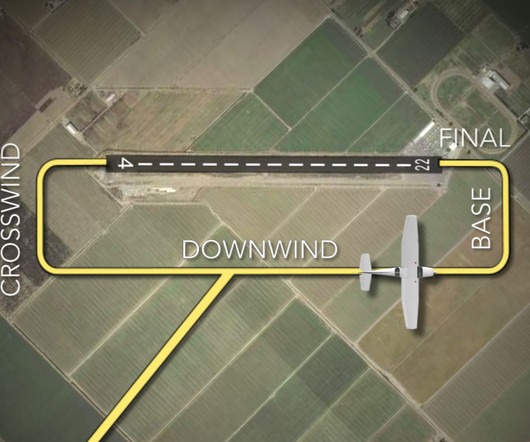

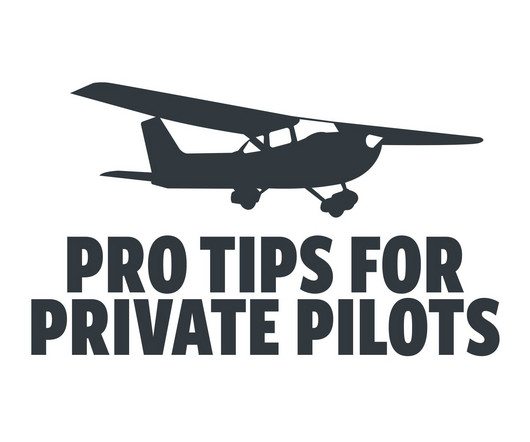
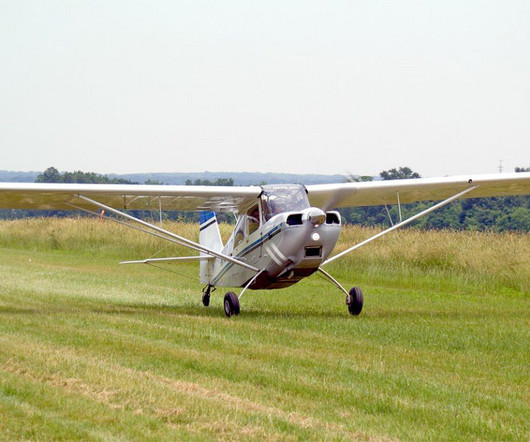
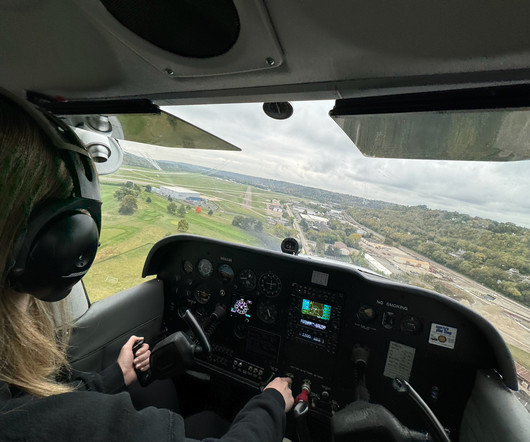






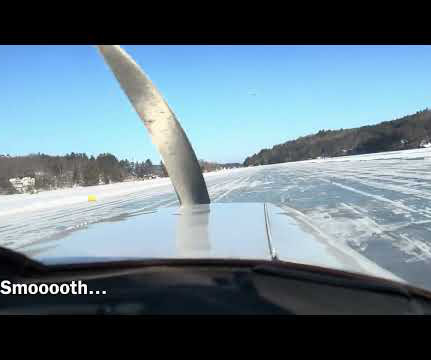
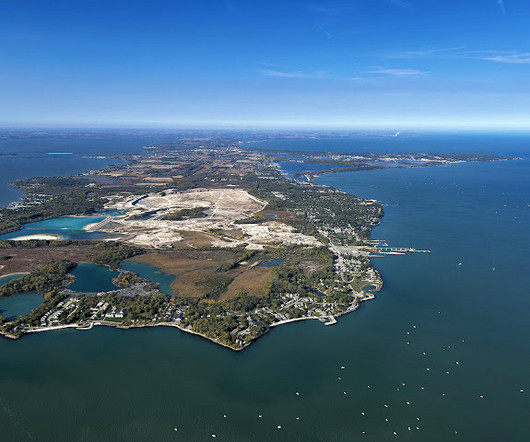







Let's personalize your content